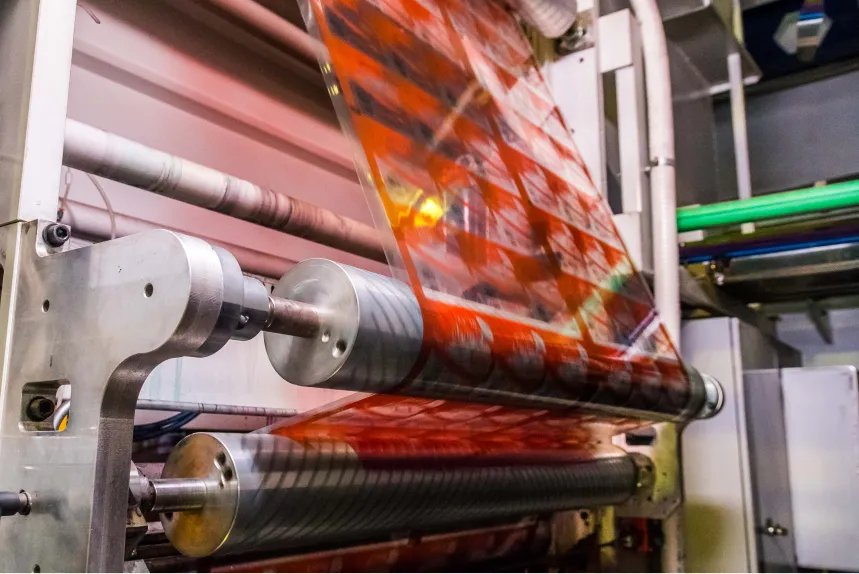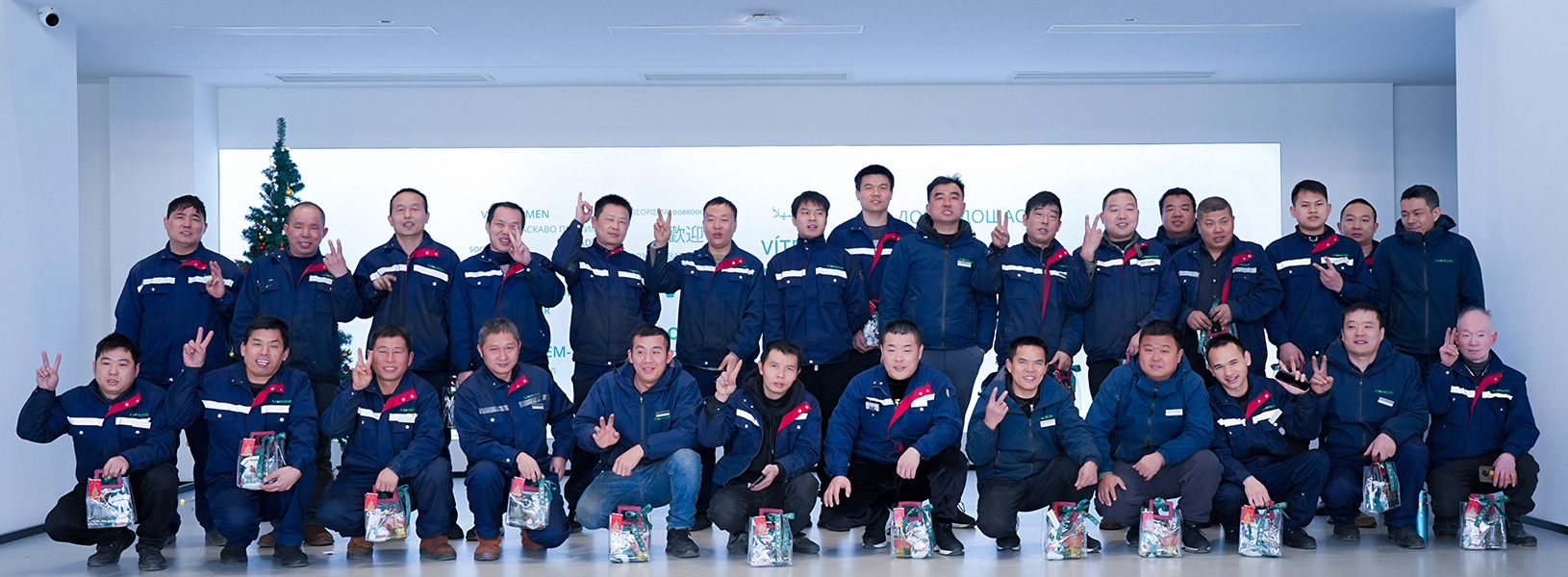
Flexo vs Rotogravure Printing: Which Is Better for Your Printing Needs?
The debate between flexo and rotogravure printing continues in the commercial printing industry, as both methods offer distinct advantages and limitations. Flexo is ideal for fast-turnaround jobs, while gravure excels in high-quality, long-run productions. Understanding their differences is key to choosing the right method for your needs.
Flexo vs Rotogravure Printing: 9 Differences You Need to Know
| Criteria | Flexo Printing | Rotogravure Printing |
| Cost | Lower upfront costs, quick plate production. Good for short runs or frequent design changes. | Higher upfront costs due to expensive cylinders, but cheaper for large-volume jobs. |
| Substrates | Can print on many materials, including paper, plastic, and film. Ideal for flexible packaging. | Best for non-porous materials like plastics, foils, and coated papers. Struggles with rough surfaces. |
| Inks | Works with water-based, solvent-based, and UV inks. Flexible for different applications. | Uses solvent-based inks, which can be harmful to the environment and have fewer options. |
| Environmental Impact | More eco-friendly with water-based inks and lower VOC emissions. | Has a bigger environmental impact due to solvent inks and higher ink usage. |
| Quality | Quality has improved but may be inconsistent, especially with color accuracy. | Known for high-quality prints with fine details and vibrant colors. Ideal for premium applications. |
| Lead Time | Faster setup time and quicker plate production. Ideal for quick jobs. | Longer setup time due to cylinder creation, but fast once running. |
| Run Length | Best for short-to-medium runs with frequent design changes. | Ideal for large, long-run projects like bulk packaging. |
| Versatility | Very versatile, can handle many substrates, inks, and designs. | Less versatile due to rigid plates, limiting material handling. |
| Reproducibility | Can vary depending on setup and skill, leading to inconsistencies over long runs. | Excellent consistency, as engraved cylinders ensure uniform print quality. |
Cost
Flexo Printing: Generally offers lower upfront costs. The flexible flexo press printing plates (often made from rubber or photopolymer materials) are cheaper and quicker to produce. This makes flexo a great option for short-run jobs or projects with frequent design changes.
Rotogravure Printing: Requires the creation of engraved cylinders, which are expensive to produce. However, these cylinders are highly durable, which makes rotogravure more cost-effective in the long run for large-volume projects.
Substrates
Flexo Printing: Highly versatile, flexo technologies can print on both porous and non-porous substrates. This includes materials like paper, plastic, corrugated board, and film, making it ideal for flexible packaging.
Rotogravure Printing: Typically works best with non-porous substrates such as plastics, foils, and coated papers. While gravure produces smooth, consistent prints on these materials, it doesn’t perform as well on rough or uneven surfaces.
Inks
Flexo Printing: One of the major advantages of flexo is its compatibility with a wide range of inks, including water-based, solvent-based, and UV-curable inks. This flexibility allows printers to experiment with different inks for various applications, particularly in packaging and labeling.
Rotogravure Printing: Gravure printing primarily uses solvent-based inks, which are effective but environmentally challenging due to higher volatile organic compound (VOC) emissions. Although advancements in gravure printing ink technology have improved ink options, it is still more limited than flexo’s range.
Environmental Considerations
Flexo Printing: Considered more eco-friendly than gravure, thanks to the use of water-based inks and lower VOC emissions. The process also generates less waste, making it a better choice for companies prioritizing sustainability.
Rotogravure Printing: While improvements are being made, gravure still relies on solvent-based inks and tends to use more ink per print. This contributes to higher emissions and a larger environmental footprint compared to flexo printing.
Quality
Flexo Printing: While flexo press printing has significantly improved in quality, it still struggles to match the high-resolution precision of gravure. Flexo’s print quality can be slightly inconsistent over long runs, particularly when it comes to color intensity.
Rotogravure Printing: Known for producing exceptionally high-quality prints, gravure excels in capturing fine details, vibrant colors, and continuous tone printing. It’s ideal for applications like magazine covers and high-end packaging where detail and accuracy are paramount.
Lead Time
Flexo Printing: Has a faster setup time compared to gravure. The production of flexo plates is quicker, making it the preferred choice for jobs requiring fast turnaround times.
Rotogravure Printing: Gravure requires more time to create the engraved cylinders, resulting in longer lead times. However, once the setup is complete, gravure can operate continuously at high speeds for long runs.
Run Length
Flexo Printing: Best suited for short-to-medium runs, making it ideal for jobs with frequent design changes or varying quantities. It’s also perfect for industries requiring flexibility in print runs.
Rotogravure Printing: Optimized for long-run printing, gravure excels in producing high-quality results for large-scale, continuous printing projects, such as bulk packaging and large print jobs.
Versatility
Flexo Printing: Extremely versatile in terms of the substrates it can handle, as well as the variety of inks and designs it can accommodate. This makes flexo a go-to method for industries that need to print on various materials like films, foils, and even textiles.
Rotogravure Printing: While rotogravure is specialized in certain applications, it’s not as versatile as flexo. Gravure’s rigid plate structure limits its ability to handle different materials, particularly porous substrates.
Reproducibility
Flexo Printing: Reproducibility can vary depending on factors like the pre-press setup and the operator’s skill. This can impact the consistency of prints over long runs.
Rotogravure Printing: Offers excellent reproducibility because the engraved cylinders ensure a consistent print without being affected by the operator’s skill. This makes gravure the preferred choice for projects that demand uniform quality over a long period.
How to choose between flexo and rotogravure printing?
Choosing between flexo and rotogravure printing depends on your project needs. Flexo is cost-effective, versatile, and eco-friendly, making it ideal for short-to-medium runs, packaging, and labeling. It’s perfect for quick setups and diverse substrates.
Rotogravure, on the other hand, delivers high-resolution, consistent prints for long-run projects, excelling in high-end packaging and magazine printing.
Your decision should consider factors like print volume, substrate, lead time, and environmental impact. Understanding these differences ensures the best choice for your printing needs.
FAQ
Is gravure printing good quality?
Yes, gravure printing is renowned for its exceptional quality. It delivers high-resolution, detailed, and consistent prints, making it ideal for long-run projects. Its ability to handle fine details and vibrant colors ensures superior results, especially in high-end packaging, magazine printing, and other applications where precision and durability are key.
What is gravure printing?
Gravure printing is a high-quality, long-run printing method that uses engraved cylinders to transfer ink onto materials, producing detailed and consistent prints. It’s commonly used for packaging, magazines, and decorative products.




